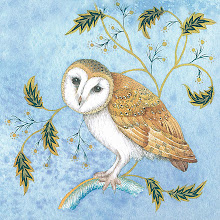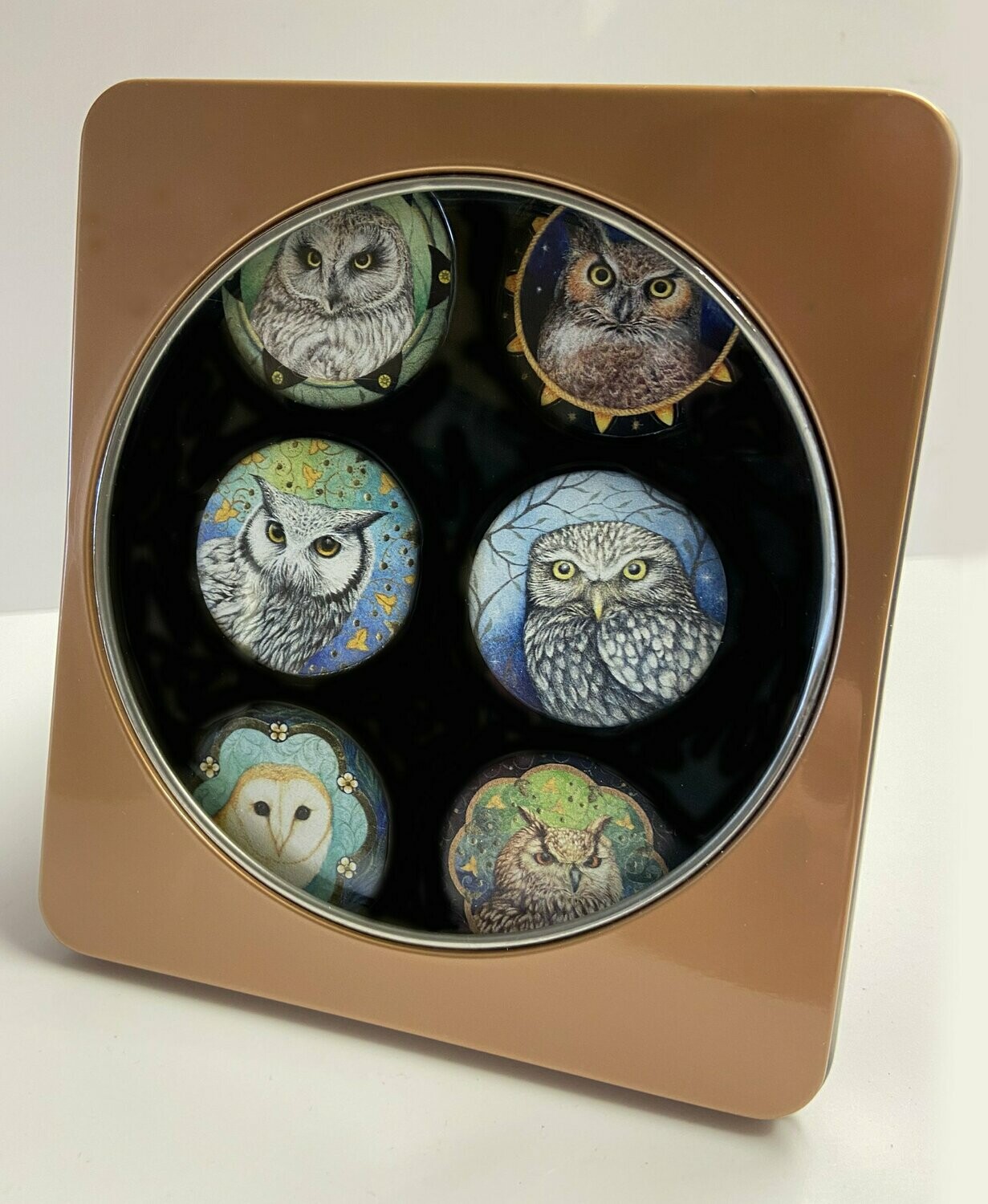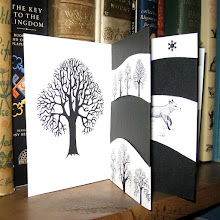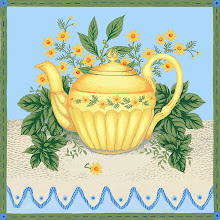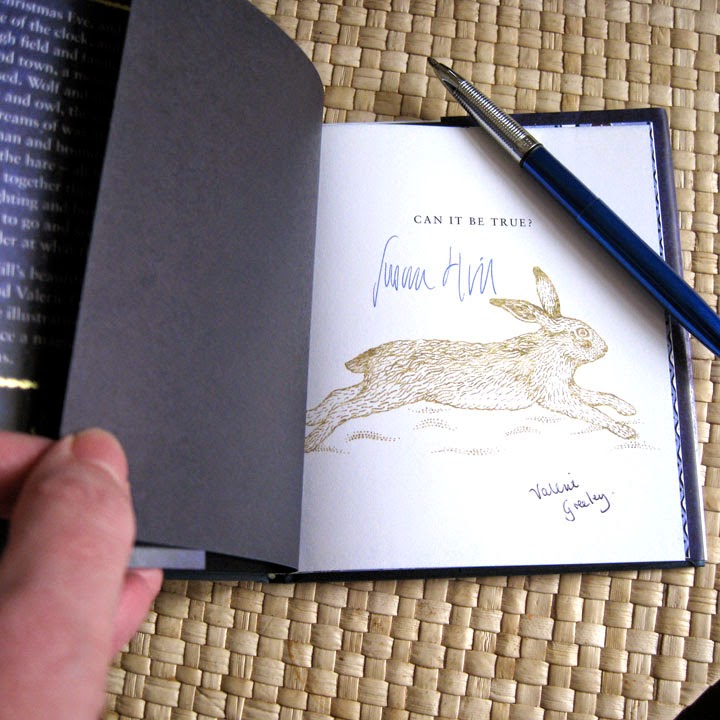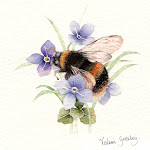
It seems ages since I did my last "Cuppa" interview, so here without further ado, let me introduce to you the author/illustrator Angela Cater. Angela illustrates her own children's books and
publishes them at Tabby Cat Press, She draws cats beautifully and is a cat lover herself which I think shows in her work.
Won't you join us for a cuppa, there's plenty of tea left in the pot!
How do you take your tea and in what kind of cup do you like it served?
Answer - Just as it comes please with a drop of milk, and in a pretty bone-china mug.
If you could choose anyone, past , present or future, who would be joining us for tea?
Answer- I'd like to invite Norman Rockwell. The stories he told about the characters that modelled for his paintings are often hilarious. Also Lesley-Anne Ivory as I'm sure we could chat about cats until the cows come home. More than her cats themselves, I really admire her detailed backgrounds; the background is always the thing I enjoy illustrating the least.
Tell me a little about your background in art and design?
Answer- I've been painting and drawing animals ever since I was old enough to hold a paint brush and consider myself to be self-taught. I read a lot of art books but don't use them to influence my own work or the decisions I make. As a mature student, I took the Foundation Art course at Chesterfield College of Art and Technology. I quite enjoyed dabbling with all the different facilities there, but resent the tutors' attempts to draw me away from a more illustrative style into the abstract oil paintings they so favour. After that, I studied Advertising at Doncaster College (at HND level), but graduated in the early 90's recession and by the time things picked up, my skills were well and truly out of date.
Where are you based and does it influence your work?
Answer- I'm based in Manchester. When I first moved here, I lived on a really rough estate (the sort of place where everyone turns out at the weekend to watch cars burn), and my art became a form of escapism. It was then that I first developed my “Character Cats” and I would build stories around them. Most people either love or hate them, but Sailor Sam later became the star character of my first children's picture book, and “Cat Dracula” is a best-selling greeting card at the Whitby Bookshop.
What have you been doing/working on today?
Answer- Today, I have baked my coloured pencils to strengthen the lead as I am working on a portrait of a siamese cat for submission to the Society of Feline Artist's annual exhibition. I am currently off-work with sciatica and it has given me an unexpected fortnight in which to work on various exhibition pieces. I also exhibit annually with the UK Coloured Pencil Society.
I hope that you have brought along something wonderful to show us, what is it?
Answer- “Beautiful Dreamer” (see above)
This is a coloured pencil portrait of my late tabby, Samson who was one of my all time favourite models. It was the first time that I have attempted working in 'reverse' on black paper, and I was so scared of making a wrong mark that this picture took me almost 4 months to complete, but I am very pleased of the result.

Illustration for “Brogan's Good Turns” - I have recently started work on another children's book that is about a stray cat who is so grateful to his young mistress for saving his life that he tries to repay her with many misunderstood favours. My new cat, Pablo is the model here – someone dumped him on my doorstep just before Christmas and he's the best present I've ever had! I am also in the process of writing and illustrating “A Lifetime of Cats” which will be kind of a memoir of every cat I have ever had and the art that they have inspired. Yes, all this and a full-time job! Thanks for the cup of tea, I really needed that.
Well Angela, I can see that we have lots in common and share an admiration for the work of Lesley Anne Ivory. I once worked with an editor who knew her well, in fact Lesley had given her one of her cats and no doubt painted it too! I have also learnt something new about baking coloured pencils and have discovered that
you have a blog so no doubt I shall be visiting you again soon. It was a pleasure to share a cuppa with you and hope that you come back soon.

















